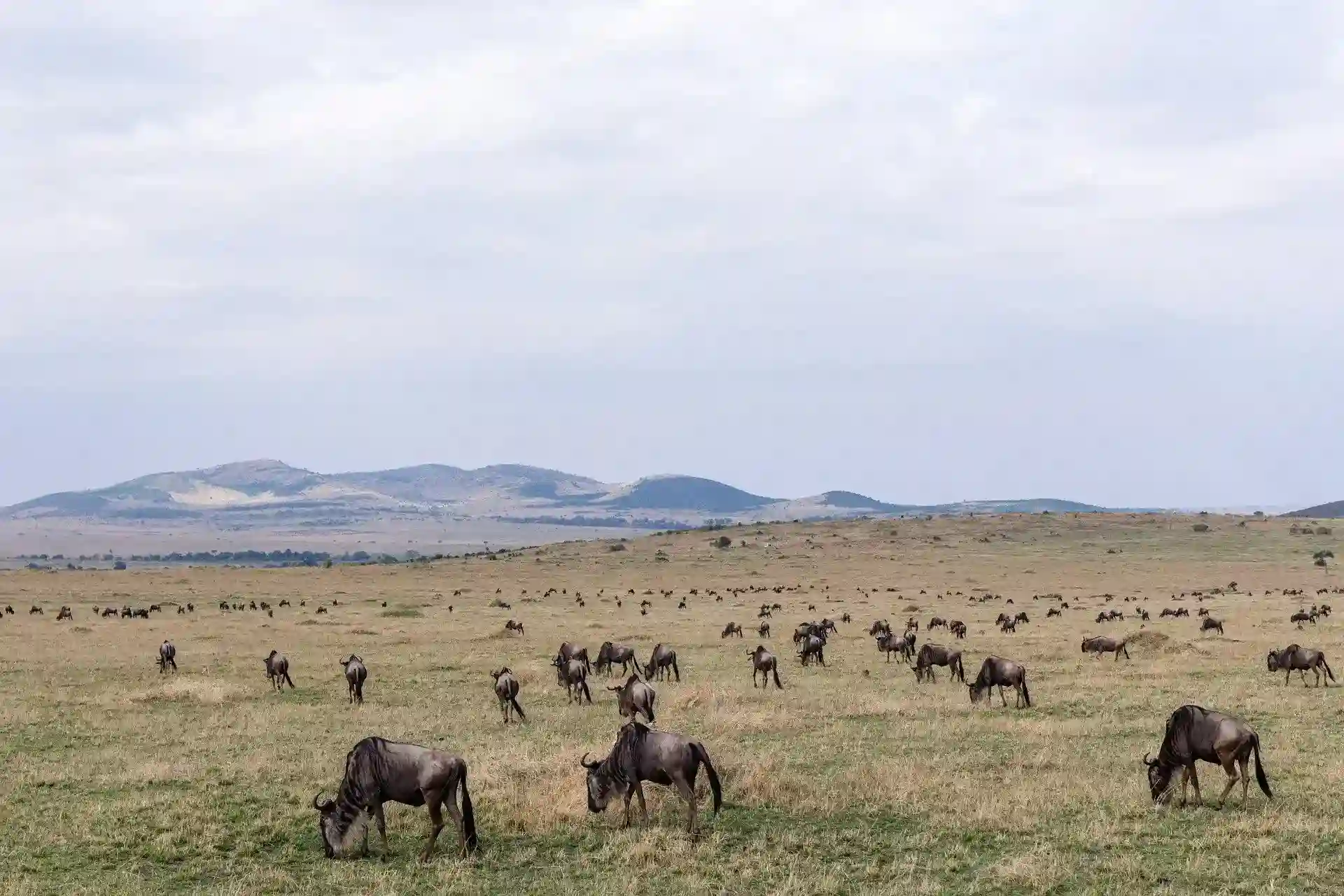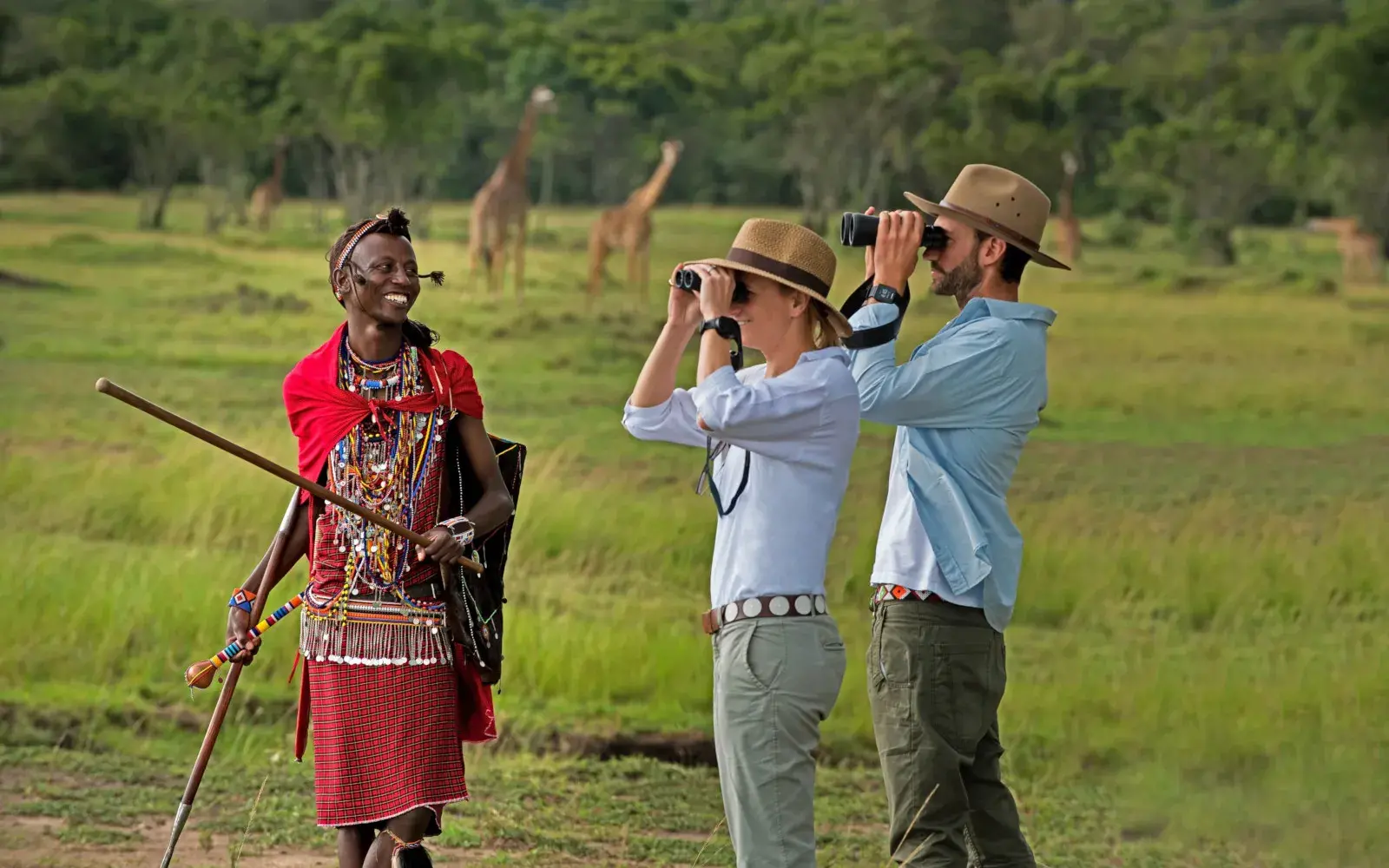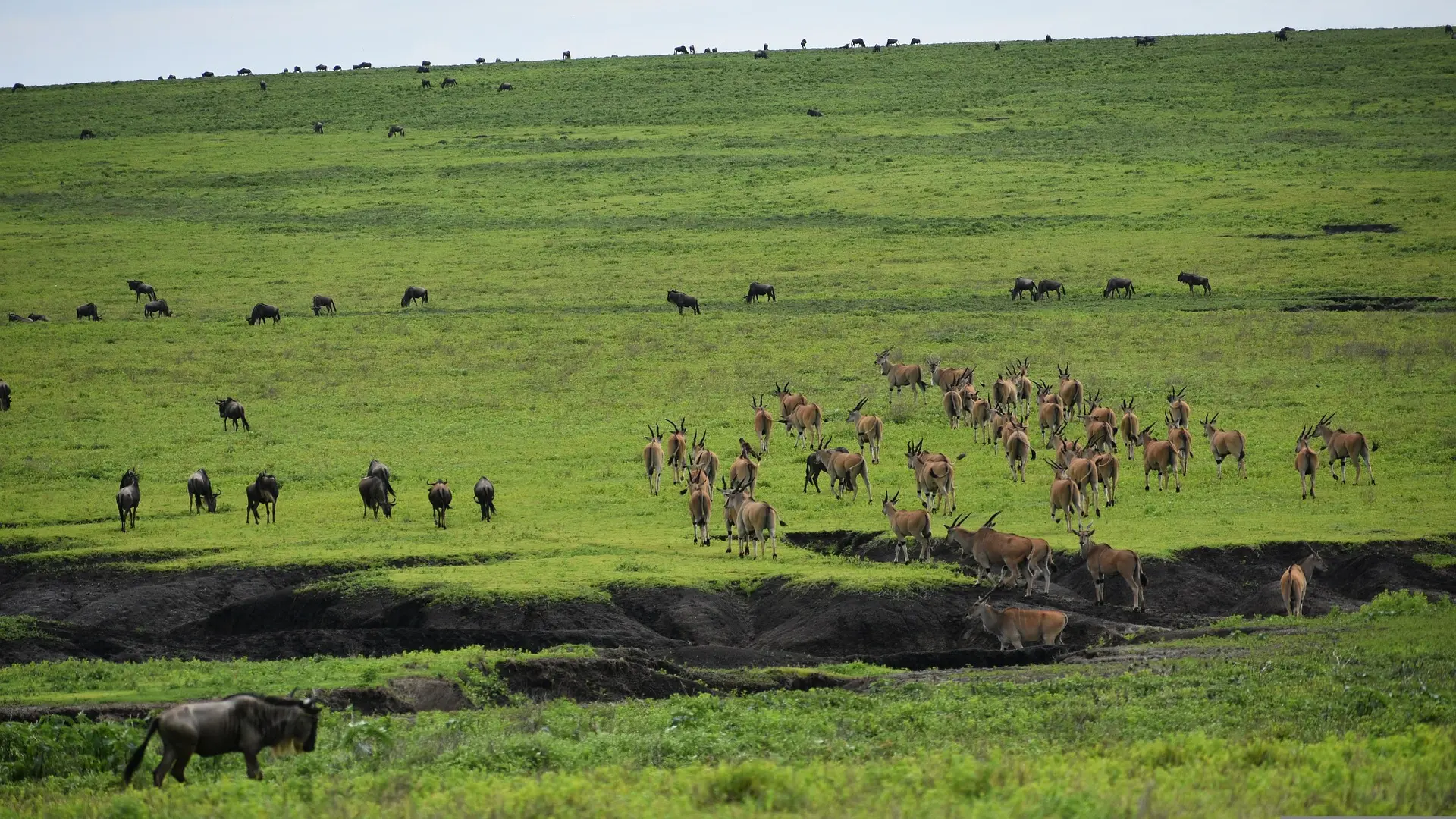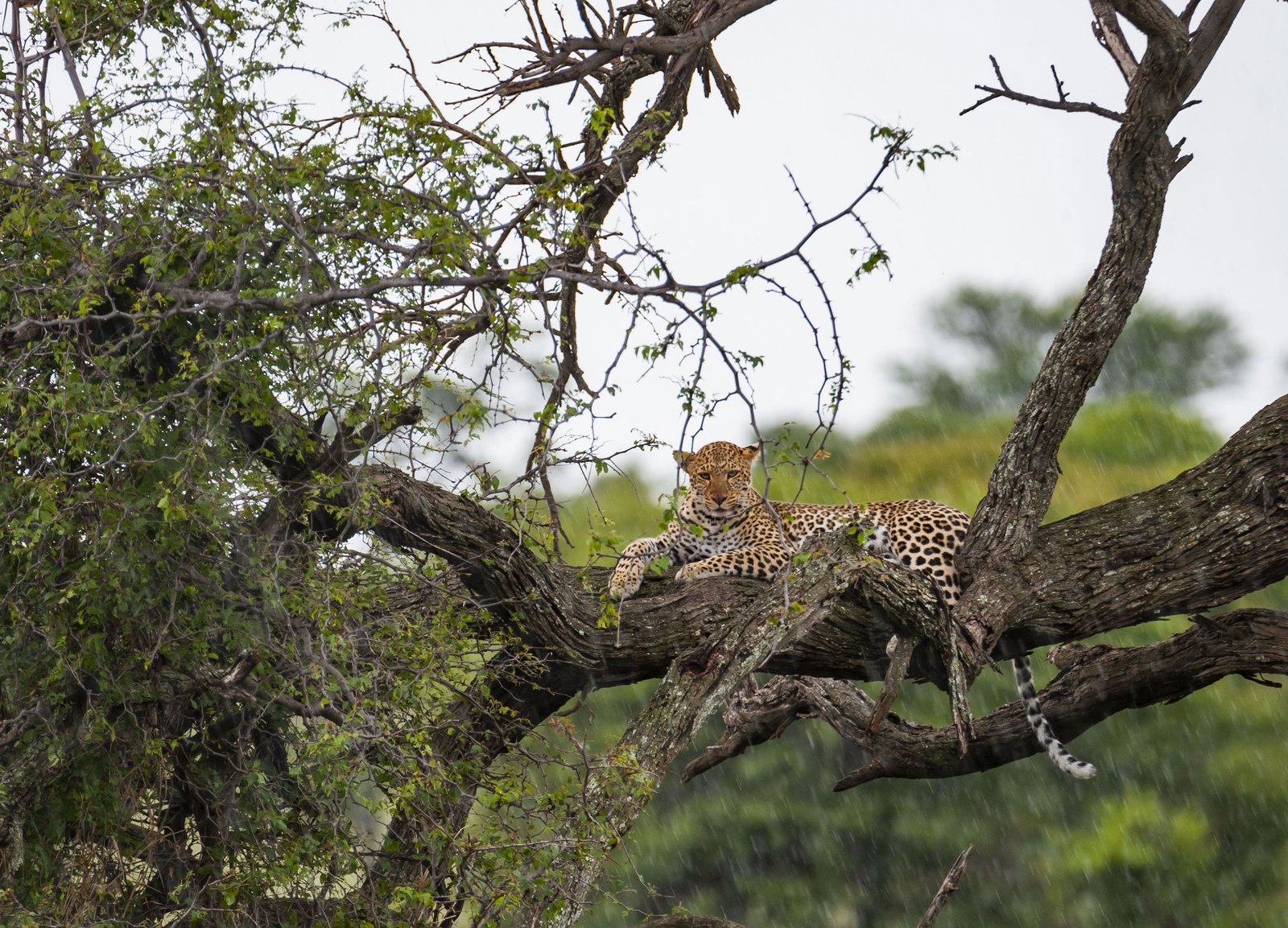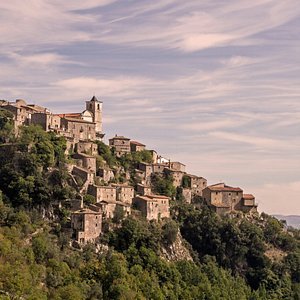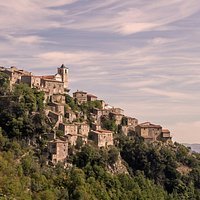
Lake Manyara National Park: A Verdant Oasis in the Rift Valley
Lake Manyara National Park, a jewel nestled at the foot of the Great Rift Valley escarpment, offers a strikingly diverse and compact safari experience. Despite its relatively small size, this Tanzanian gem packs a punch with its lush landscapes, abundant wildlife, and unique features, making it a captivating destination for nature lovers.
Introduction
Lake Manyara is a haven of biodiversity, transitioning from groundwater forests to acacia woodlands, and ultimately to the alkaline lake itself. This variety of habitats supports a remarkable range of wildlife, including the park’s famous tree-climbing lions, large elephant populations, and a plethora of bird species.
Location
Lake Manyara National Park is located in northern Tanzania, within the Manyara Region. It lies along the base of the western escarpment of the Great Rift Valley, approximately 126 kilometers (78 miles) southwest of Arusha.
Getting There
- By Road: The most common and accessible way to reach Lake Manyara is by road from Arusha. The drive takes approximately 2-3 hours, traversing scenic landscapes and offering glimpses of rural Tanzanian life.
- By Air: Charter flights are available to the Manyara Airstrip, providing a quicker and more convenient option for those with limited time or seeking a more luxurious experience.
Best Time to Visit
- Dry Season (June to October): This is generally considered the best time for wildlife viewing, as animals congregate around the lake and river systems. The dry season also offers excellent opportunities for photography due to clear skies and less vegetation.
- Wet Season (November to May): The wet season transforms the park into a lush green paradise, attracting migratory birds and newborn animals. While wildlife viewing may be less concentrated, the landscapes are stunning, and the park is less crowded. This season is especially good for bird watching.
Attractions
- Tree-Climbing Lions: Lake Manyara is one of the few places in Africa where lions are regularly seen climbing trees, a unique and captivating sight.
- Elephant Herds: The park is home to a significant population of elephants, often seen foraging near the lake and in the woodlands.
- Lake Manyara: The alkaline lake itself attracts a vast array of waterbirds, including flamingos, pelicans, and storks.
- Groundwater Forest: The park's groundwater forest, fed by underground springs, is a lush and verdant habitat, supporting a variety of primates and smaller mammals.
- Birdlife: Lake Manyara is a birdwatcher's paradise, with over 400 species recorded, including migratory birds and resident species.
- Hippo Pools: These pools offer excellent opportunities to observe hippos wallowing in the water.
- Hot Springs: At the southern end of the park, hot springs bubble to the surface, a testament to the region's volcanic activity.
- Canoeing: Canoeing on the lake is sometimes offered, depending on water levels, providing a unique perspective of the park.
- The Great Rift Valley Escarpment: The imposing escarpment provides a stunning backdrop to the park's landscapes.
What Makes It Famous
- Tree-Climbing Lions: This unique behavior is a major draw, setting Lake Manyara apart from other parks.
- Diverse Habitats: The park's compact size and variety of habitats create a rich and dynamic ecosystem.
- Birding Paradise: The abundance and diversity of birdlife make Lake Manyara a must-visit for birdwatchers.
- Scenic Beauty: The combination of the lake, forest, woodlands, and escarpment creates stunning and picturesque landscapes.
- Accessibility: Its proximity to Arusha makes Lake Manyara an easily accessible and popular safari destination.
- Waterfowl Concentration: The lake attracts a huge concentration of waterfowl, that makes it a unique experience.
- The Groundwater Forest: This unique forest is a rare habitat, and is a wonder to explore.
Lake Manyara National Park offers a captivating and diverse safari experience, showcasing the beauty and richness of Tanzania's wildlife and landscapes. Its unique features, such as the tree-climbing lions and the alkaline lake, make it a must-visit destination for any safari enthusiast.


